
 Instagram
Instagram
Related products
Does Chewing Gum Help Jawline?


Related products
The jawline is a critical aspect of one's facial structure and aesthetics. Various methods have been developed to enhance its definition, including targeted physical exercises, dietary modifications, and cosmetic procedures. These strategies aim to either reduce fat in the chin and neck area or strengthen the muscles around the jaw, thereby providing a more contoured appearance.
Recently, chewing gum has been postulated as a simple, non-invasive method to enhance the jawline's definition. This approach is based on the premise that the repetitive motion of chewing can strengthen the jaw muscles, similar to how exercise strengthens other muscles in the body.
This article aims to explore the effectiveness of chewing gum in strengthening and defining the jawline. It will delve into the anatomy of the jaw, assess the impact of chewing gum, and compare it with other methods of jawline enhancement. The article will provide a balanced view, supported by scientific evidence and expert opinions.
Understanding the Jawline
The human jaw consists of two main parts: the maxilla, or upper jaw, and the mandible, or lower jaw. Several muscles, including the masseter, temporalis, and pterygoid muscles, facilitate the movement of the jaw. These muscles play a vital role in mastication (chewing) and are directly involved in the definition of the jawline.
The shape and definition of the jawline are influenced by various factors, including genetics, which determines the basic structure of one's jaw and face; age, which can lead to changes in bone density and muscle tone; and lifestyle choices, such as diet and exercise, which can affect fat accumulation around the neck and jaw.
A well-defined jawline is often associated with attractiveness and youth. From a health perspective, a strong jaw can contribute to better chewing function and, consequently, better digestion. Moreover, a defined jawline is related to the proper alignment of teeth and overall oral health.
How Chewing Motion Affects Muscles?
Chewing gum has a long history, with early forms dating back thousands of years. Modern chewing gum comes in various types, including sugar-free options, which are often recommended for health reasons.
Common beliefs and myths about chewing gum effects on health
There are several myths surrounding chewing gum, including claims that it can help in weight loss, improve concentration, and reduce stress. While some of these benefits have a basis in reality, others are exaggerated or unfounded.
The act of chewing involves several jaw muscles, particularly the masseter muscle. Regular chewing is theorised to increase muscle tone and mass, potentially leading to a more defined jawline. However, the scientific community remains divided on the extent of these effects.
The Effects of Chewing Gum on the Jawline
Muscle Engagement and Toning
Mechanism: How chewing gum stimulates jaw muscles
Chewing gum causes the jaw muscles, especially the masseter, to contract repeatedly. This activity could theoretically lead to increased muscle tone and size, similar to the effects of resistance training on other muscles.
Comparison with other jaw exercises
Unlike targeted jaw exercises, which can isolate specific muscles, chewing gum provides a more general workout that engages various muscles involved in mastication. However, the intensity and effectiveness of chewing gum as an exercise are less than those of specialised jawline exercises.
Potential Benefits
Increased muscle definition
Regular gum chewing may lead to enhanced muscle definition in the jawline due to the hypertrophy of the masseter muscle. However, this effect can vary widely among individuals.
Improved oral health and saliva production
Chewing gum stimulates saliva production, which can help in neutralising acid and cleaning the mouth, potentially leading to better oral health.
Stress reduction and concentration benefits
Chewing gum has been shown to reduce stress and improve concentration in some individuals, which, while indirectly, can contribute to overall health and wellbeing.
Limitations and Risks
Overuse and temporomandibular joint (TMJ) disorders
Excessive chewing can lead to TMJ disorders, characterised by pain and dysfunction in the jaw joint and muscles.
Dental issues from sugar and artificial sweeteners
Sugar-containing gums can contribute to tooth decay, while some sugar-free gums contain artificial sweeteners that may have other health risks.
Ineffectiveness for significant structural changes
While chewing gum can enhance muscle tone, it cannot cause significant changes in bone structure or address issues related to fat accumulation.
Scientific Evidence
Research has indicated that consistent gum chewing can strengthen the masticatory muscles, particularly the masseter, which may in turn enhance jawline definition. A study published in the Journal of Oral Rehabilitation observed increased muscle thickness and bite force among habitual gum chewers, suggesting potential benefits for jawline toning. However, it is essential to note that these studies typically show moderate improvements and are context-dependent.
Criticisms and limitations of existing research
The primary criticism of research in this area is the lack of long-term studies and insufficient sample sizes, which make it difficult to generalise findings. Additionally, most studies do not distinguish between the effects of chewing gum and other jaw-related activities, which could also influence muscle development. The placebo effect, where participants' expectations influence the outcomes, cannot be discounted.
Expert opinions and recommendations
Medical professionals and dental experts often express caution when advocating for gum chewing as a method to enhance the jawline. Dr. Emily Clark, a renowned maxillofacial surgeon, suggests that while moderate gum chewing may contribute to muscle toning, it should not be seen as a primary method for jawline enhancement due to the risks of TMJ disorders and dental issues. Experts recommend a balanced approach, considering individual health conditions and consulting with a professional before starting any new regimen aimed at altering physical appearance.
Alternative Methods for Enhancing Jawline
Physical exercises targeting the neck and jaw
Exercises specifically designed for the jaw and neck can be more effective in defining the jawline. These exercises often target the platysma and neck muscles, which can help reduce the appearance of a double chin and enhance jawline contour.
Dietary changes and weight management
Maintaining a healthy diet and proper weight can significantly impact facial aesthetics, including the visibility of the jawline. Reducing overall body fat can lead to a more pronounced jawline and facial features.
Cosmetic procedures and surgeries
For those seeking immediate and significant changes, cosmetic procedures such as liposuction, chin implants, and neck lifts can provide more pronounced and lasting results compared to non-surgical methods. However, these options come with higher risks, costs, and recovery times.
Comparison with the efficacy of chewing gum
While chewing gum can contribute to muscle engagement and potential toning, its effects are limited compared to targeted exercises, dietary management, and cosmetic interventions. Individuals seeking noticeable jawline enhancement should consider these alternatives as more effective options.
Practical Advice for Those Considering Chewing Gum for Jawline Enhancement
How to choose the right gum
Opt for sugar-free gum to avoid dental decay and other oral health issues. Additionally, selecting gums with xylitol can help reduce harmful bacteria in the mouth.
Recommended duration and frequency of chewing
To minimise the risk of TMJ disorders and muscle fatigue, limit gum chewing to 20-30 minutes per session, two to three times a day. Exceeding this could lead to muscle overuse and jaw discomfort.
Signs to stop and consult a professional
If you experience any jaw pain, clicking sounds, or difficulties in moving your jaw, discontinue gum chewing and consult a healthcare professional. Similarly, if there are signs of dental issues such as toothaches or increased sensitivity, it's essential to seek dental advice. After chewing too much and interested in learning Why are my gums bleeding? you can find out more.
People Also Ask
How long should you chew gum for jawline?
The optimal duration for chewing gum to potentially enhance the jawline is not definitively established. However, moderate chewing, approximately 20 to 30 minutes after meals, is often recommended. This duration is sufficient to stimulate saliva production, which can aid in oral hygiene, without overstraining the jaw muscles. It's crucial to avoid excessive chewing as it can lead to temporomandibular joint (TMJ) disorders and muscle fatigue.
How can I make my jawline sharper?
Making your jawline appear sharper involves a combination of reducing excess fat around the neck and chin area and enhancing the muscle tone of your jaw. Here are several strategies:
- Physical exercises: Specific exercises targeting the neck and jaw can help in toning the muscles, making the jawline appear more defined.
- Dietary changes: Adopting a healthy, balanced diet can help in overall fat loss, including the areas around the jawline.
- Hydration: Staying well-hydrated assists in maintaining optimal metabolism and reducing fluid retention, which can make the jawline appear less defined.
- Posture: Improving your posture can help in making your jawline appear sharper, as slouching can lead to the appearance of a double chin.
- Cosmetic procedures: For those seeking more significant changes, cosmetic procedures such as liposuction, fillers, or jawline contouring surgeries can be considered.
Do jawliners actually work?
Jawliners, or jaw exercise tools, are marketed to strengthen and enhance the jawline through resistance training. They can work to some extent by providing targeted resistance, which can lead to muscle hypertrophy (increase in muscle size) similar to other forms of strength training. However, results can vary significantly among individuals, and there is limited scientific research supporting their effectiveness. Additionally, if used improperly, they can pose risks such as dental issues or TMJ disorders. It's essential to use these tools as directed and maintain realistic expectations about the results.
Does chewing gum clean teeth?
Chewing sugar-free gum can aid in cleaning teeth indirectly through the stimulation of saliva production. Saliva helps neutralise acids produced by bacteria in the mouth, reducing the risk of tooth decay. It also assists in washing away food particles and bacteria. However, chewing gum should not replace regular oral hygiene practices such as brushing and flossing. It's important to choose sugar-free gum since sugar-containing gum can contribute to tooth decay.
Conclusion
Chewing gum can provide minor benefits for jawline toning through muscle engagement, but it is not a substitute for more effective methods such as targeted exercises, dietary modifications, or cosmetic procedures. Individuals interested in enhancing their jawline should consider these alternatives and adopt a balanced approach, keeping in mind the potential risks and limitations of each method. Consulting with healthcare and dental professionals before starting any new regimen is crucial to ensure safety and effectiveness.


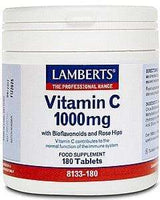


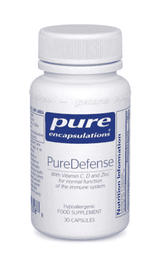
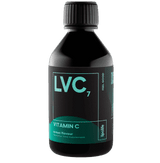
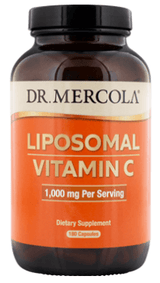
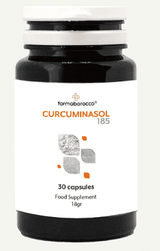



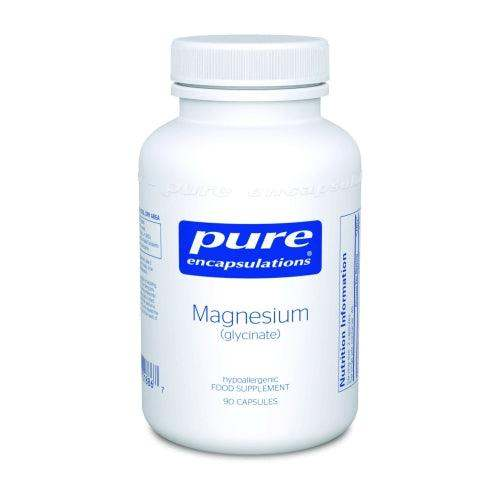



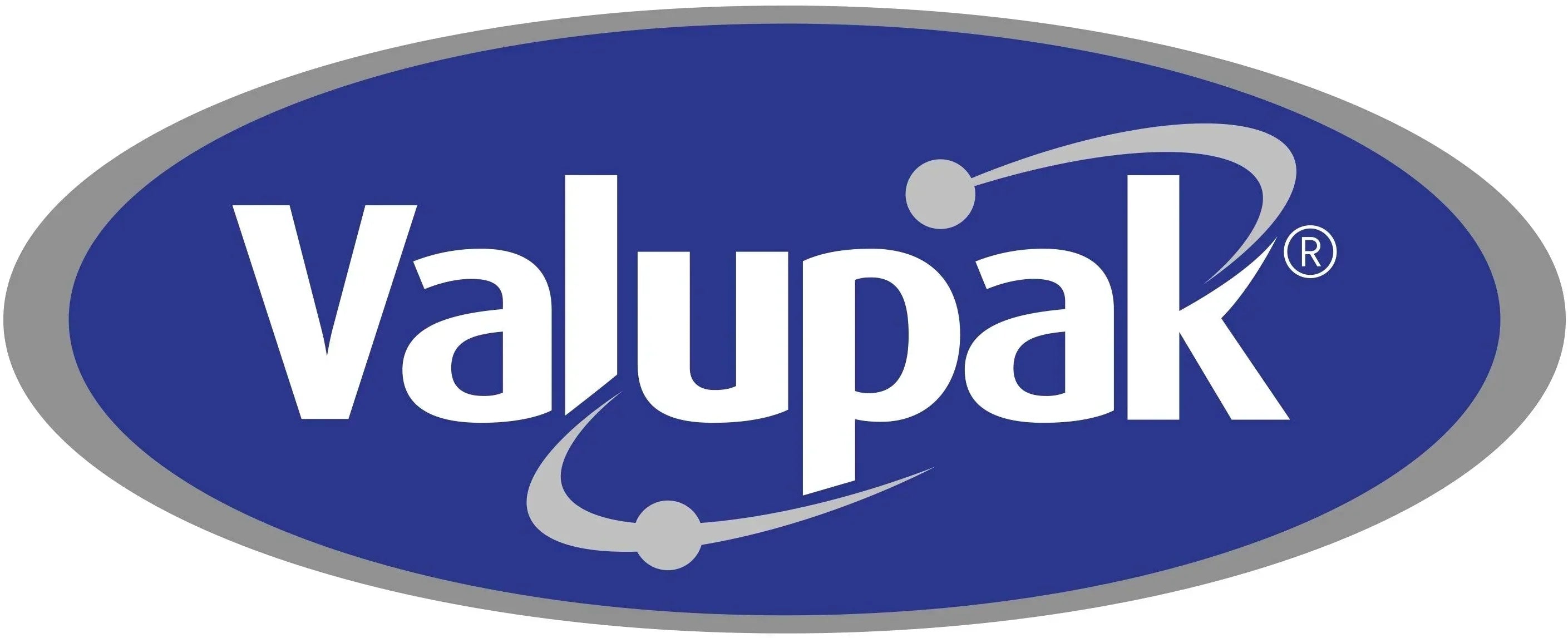

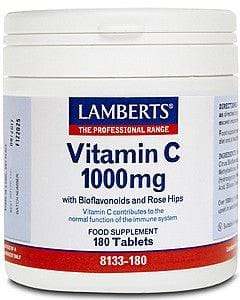
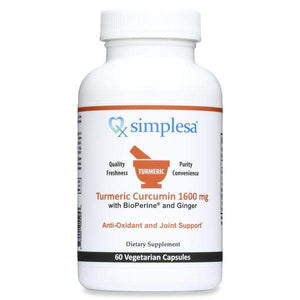

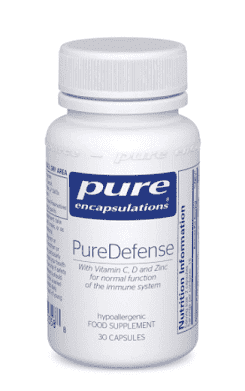

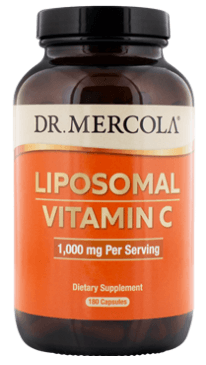
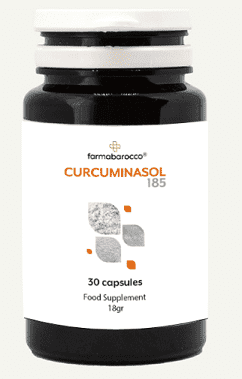

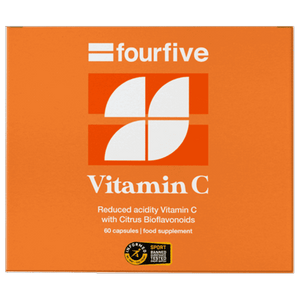


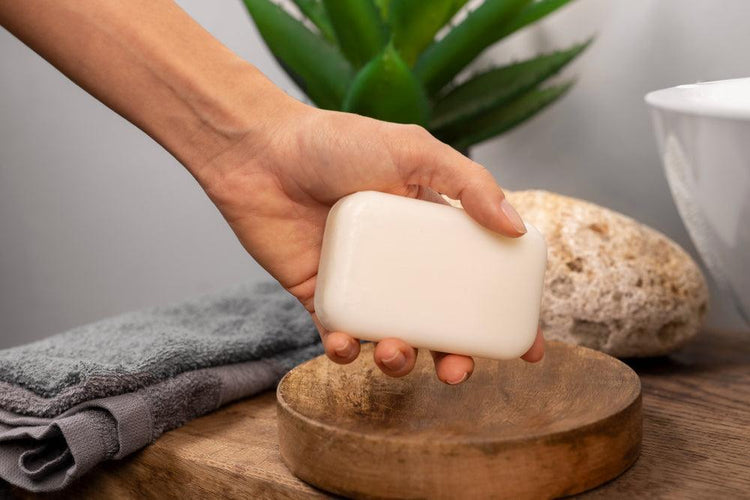

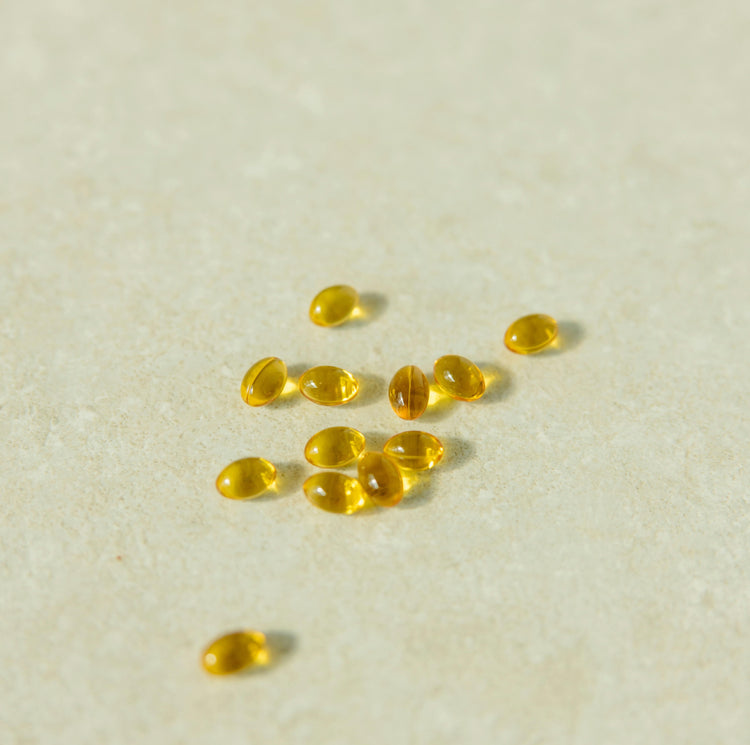


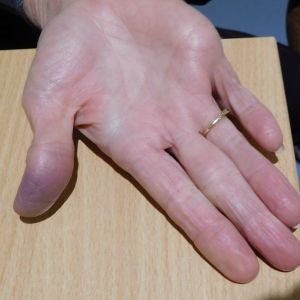
 Rated Excellent by 14,617+ Reviews
Rated Excellent by 14,617+ Reviews